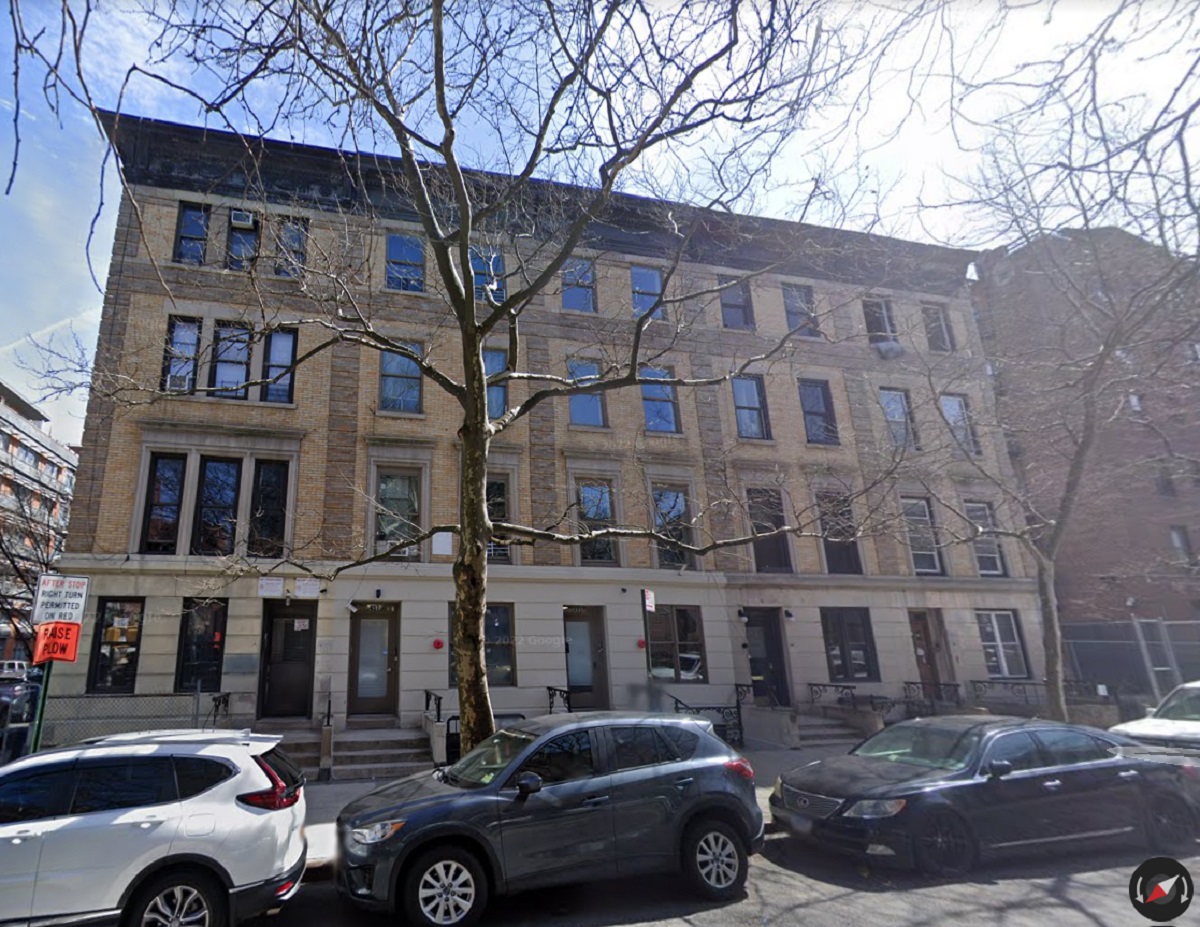A venerable spaceship Voyager 1 from NASA, Launched 46 years ago, just weeks after its twin Voyager 2 will not be able to efficiently communicate with Earth. After registering a problem with its communication antenna since late last year.
Much of the challenge faced PotTo solve the problem, almost 50 years later, Voyager 1 is about 24 billion kilometers from EarthWhen moving at higher speeds than 60 thousand km per hour. So any order sent to the probe from Earth takes over 23 hours.
Collects data on the health and condition of damaged computer science and engineering equipment spaceship. Then, the subsystem to which it is attached It integrates that information and transmits it to our planet.
The reality is that in recent weeks, the news has made sense to experts Repetitive patterns with no meaning.
Just started commanding the ship A repeating pattern of ones and zeros for Earthit's “stuck” as the spacecraft continues to process instructions it receives from NASA mission controllers, but the scientific and engineering data it transmits from the US space agency's control center is no longer useful to the engineers operating it.
Despite the obstacles, the NASA engineers They are working to fix the anomaly, although it is estimated that this could take several more weeks.
After finding that the root cause of the problem was the flight data system, The NASA team decided to resume exploration Try to get back to the way you were before. However, Voyager 1 continued to send back unusable data and in recent days, researchers have discovered the spacecraft. You lose the ability to communicate.
NASA is still working to resolve a problem reported in December with one of the three computers on board the aging Voyager 1 interstellar spacecraft, known as the Flight Data System (FTS). “We can talk to the spacecraft and it can hear us, but it's a slow process given the incredible distance From spacecraft to Earth,” the company explains in one of its accounts on X. Orders from mission controllers on Earth will take 22.5 hours to reach Voyager 1, exploring the outer reaches of our solar system 24 billion kilometers from Earth.
That is The engineering team had to wait 45 hours for a response Voyager 1 and determine if a command had the desired result. The spacecraft, launched in 1977, receives and executes commands sent from Earth; However, the FDS does not communicate well with one of the probe's subsystems called the Telecommunication Unit (TMU).
“As a result, no scientific or engineering data was transmitted to Earth,” NASA announced in December. Previously, the TMU started sending a continuous pattern of ones and zeros as “stuck”. After ruling out other possibilities, the Voyager team determined that the source of the problem was the FDS. The team first tried restarting the FDS to return to the state it was in before the problem started, but the spacecraft did not return usable data.
other things, FDS is designed to collect data from scientific instruments and engineering data about the health and condition of the spacecraft. It combines that information into a single “packet” of data that the TMU sends back to Earth. Data is in the form of ones and zeros or binary code. Variable combinations of two numbers are fundamental to all computer languages.
Solving the challenges faced by research means consulting decades-old original papers written by engineers who did not anticipate the problems emerging today.
As a result, the team will need time to understand how a new command will affect spacecraft operations to avoid unintended consequences, the space agency explains. The 722 kg robotic probe is tasked with exploring the boundaries of the Solar System, including the Kuiper Belt and beyond, as well as exploring the immediate interstellar space to its end.
Voyager mission project manager Suzanne Todd noted in the New York Times, “Scientifically, it's a big loss.”. However, his team is still optimistic because the probe has survived several technical failures, though none as serious as the one it is suffering now.
The spacecraft was launched in 1977, the same year as its 'twin' Voyager 2. Initially, both probes were not going to leave the solar system and were tasked with exploring the environment of the most distant planets –Jupiter, Saturn, Uranus and Neptune.
However, after the good results obtained, NASA decided to give it a second life to explore outside the limits of our system. Regardless of whether this failure foreshadows the end of Voyager 1, this He has achieved more than he first thought. And, likewise, other exploration will continue to discover what lies beyond our borders.
The spacecraft and its twin, Voyager 2, are the two longest-running spacecraft in history. And they've been outside our solar system for more than a decade, traveling to the ends of the universe and finding some form of life.
“Voyagers continue to make amazing discoveries, inspiring a new generation of scientists and engineers. “We don't know how long this mission will continue, but we can be sure that the spacecraft will provide even more scientific surprises as it moves away from Earth,” said Todd, JPL's Voyager program manager.
“Messengers of Peace” In the end They quiet down as they enter what scientists call the primitive interstellar medium. As the Sun's influence fades and turbulence is reduced, probes are more likely to pick up material from other stars.
However, detecting the influence of the next star is beyond the spacecraft. Voyager 1 is approaching a star in the constellation Camelopardalis called AC+79 3888. In 40,000 years, Voyager 2 has the same flight time as Ross 248, a star in the Andromeda constellation.. Now that both spacecraft are nearing the end of their useful lives as their energy supplies are exhausted, the last time scientists will hear from them will be in the 2030s.

:quality(85)/cloudfront-us-east-1.images.arcpublishing.com/infobae/I46OYL7ZBJCF3DAWK66JCZZKKE.jpg)

/cloudfront-eu-central-1.images.arcpublishing.com/diarioas/7H3UDC6HUROUTDVXFWXQPZGACQ.jpg)

